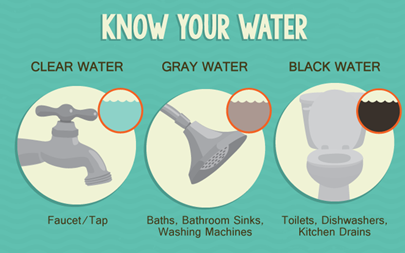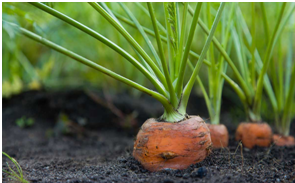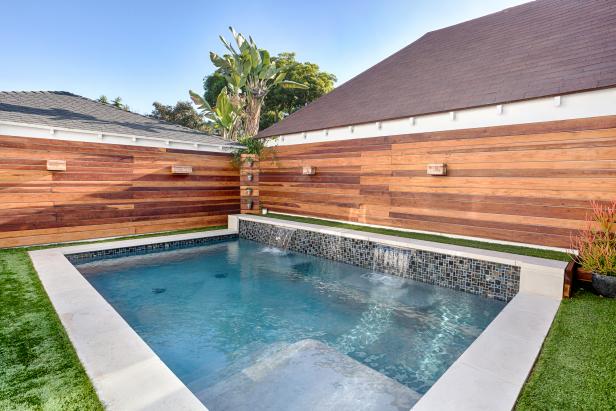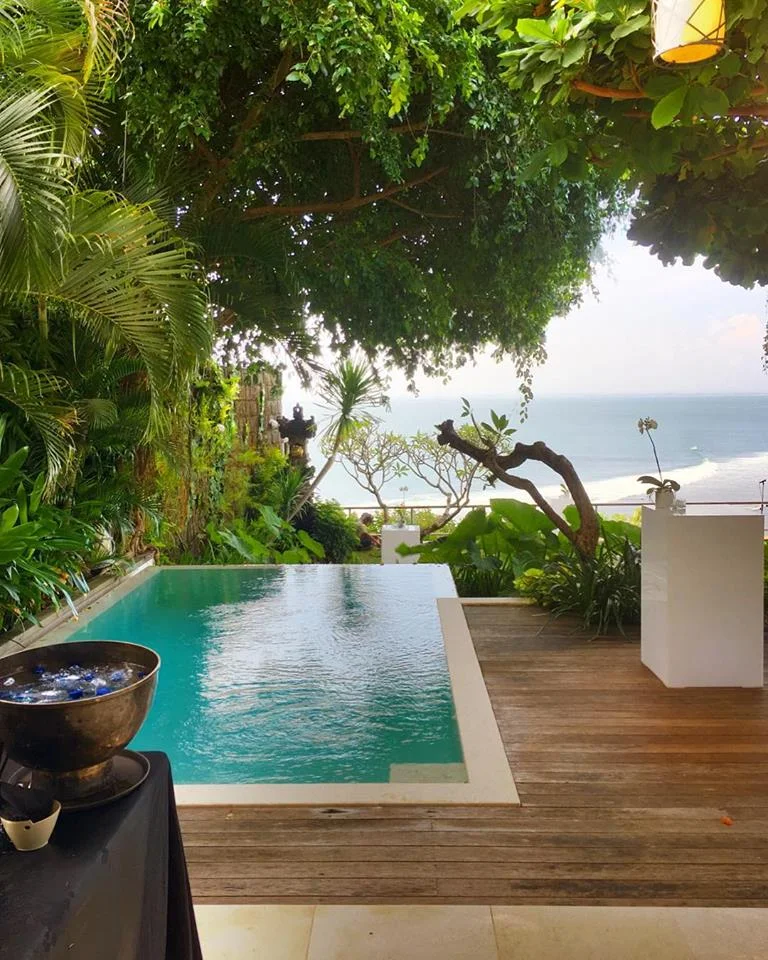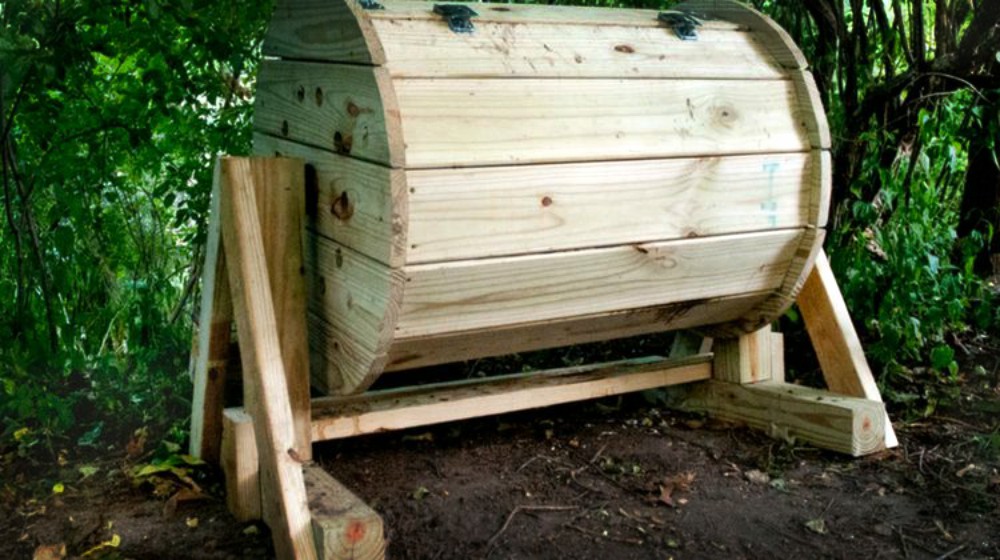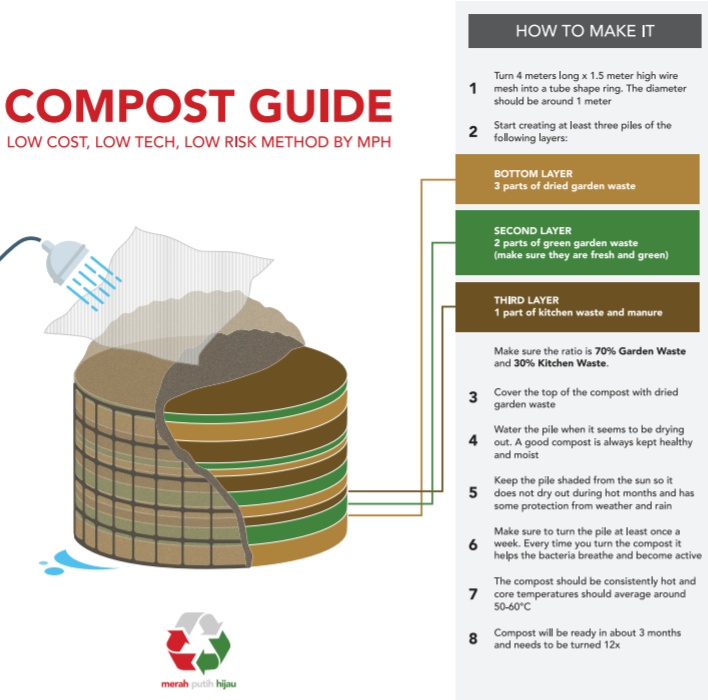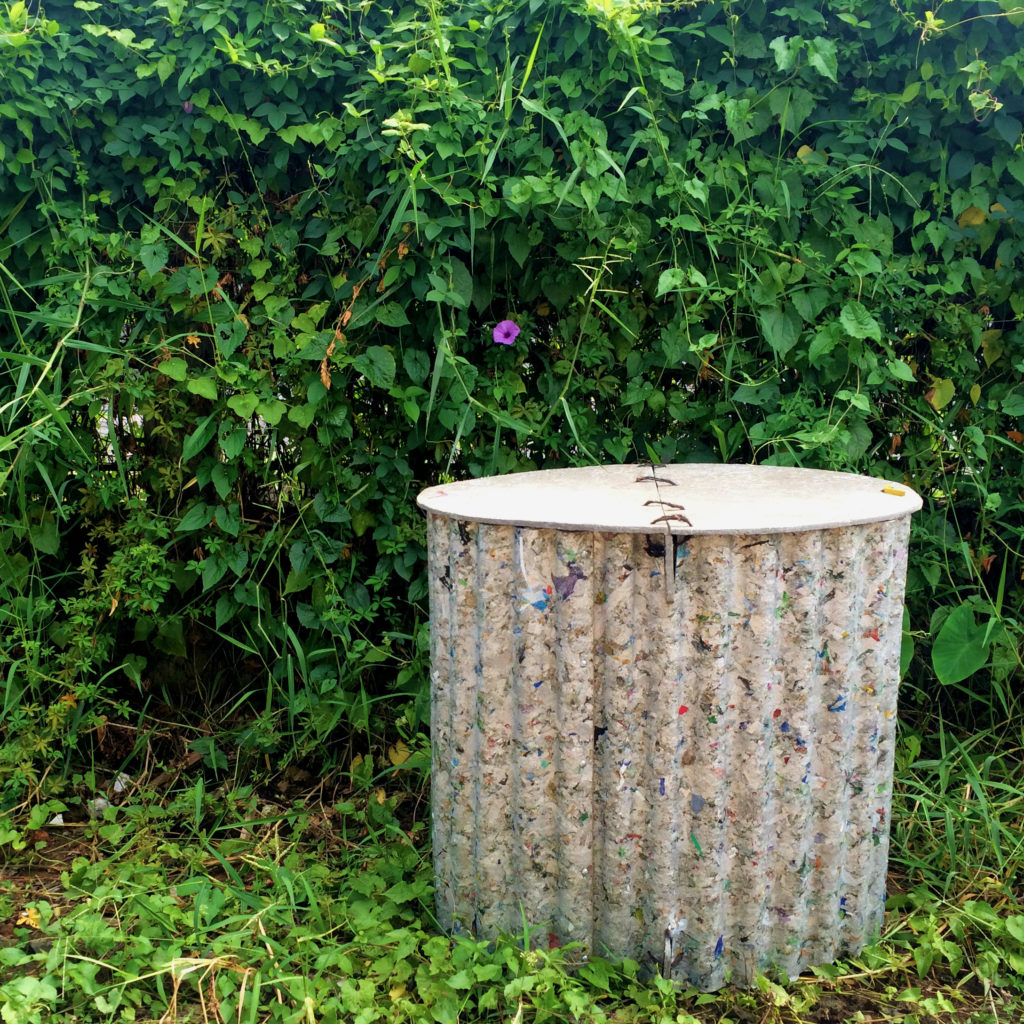The first part of this article will focus on gray water. Its importance is highlighted in the entire article. Since Water conservation methods and drought are prevalent in many places worldwide, you may have come across the term reclamation or water recycling. But the question is, what is gray water recycling and will it be appropriate for you and your surroundings? Will it be able to save you substantial amount of money? Will it be an advantage in the water conservation system in your community?
GRAY WATER: This term denotes all waste water that does not include sewage. In other words, all utilized water from your house or business except those what has been used to flush your waste in the toilet. Clear water also called “white water”. Sewage water is referred to as “black water”. So, gray water is a classification in between the two which simply means not suitable for human consumption but not absolutely contaminated.
USES FOR RECYCLED WATER: The major use for recycled gray water is landscape, irrigation, crop system and toilet flushing. And in this regard, there are several risks to utilizing it for toilet tank storage. A separate plumbing system should be installed at home destined for gray water. This will simply operate as a mini-sewage treatment facility on a household level.
However, there are several things to consider before taking this plan to utilize it for crop irrigation system or simply for planting. There can be advantages in using recycled water as it has nutrients that can boost plants health and growth. Hence, if you decide to utilize the household’s water in your backyard, it simply means that you need to be more cautious of what household products and cleaners you are using to be able to stay away from poisoning your plants. Harsh elements found in detergents contain high levels of boron, chlorine or salt which can simply harm your entire garden system. It is surely an excellent idea to avoid using soaps and bleach with heavy elements of bath salts, phosphorous, solvents and artificial dyes. That will not pass as gray water. It can be classified as black water already.
Caution is required when applying recycled water as irrigation water. This is because it contains contaminants which directly harm human health. We also have to be reminded that it should not come in to absolute contact with vegetables and fruits meant for consumption especially now that people tend to consume raw vegetables.
The next part of this article will focus on its benefits and legal requirements as well as the cost efficiency and effects on environment and how can it help in the sustainable development.
DIY bathtube Gray water recycling - source milkwood.net

